We've receive questions each year from new beekeepers regarding bees clustering on the front of their hives. What is it? Why are bees doing it? Is it normal? Should it be discouraged? It's an easy answer, with one or two caveats.
![]()
WHAT ARE THEY DOING?
It's called bearding, when the bees seem to form a fuzzy beard on the hive and hang out in a cluster. Almost all of the time this is totally normal, and even a healthy sign. You will see this in strong colonies when the population is at its height and as the bees are storing and ripening honey at a blinding pace. To keep the honey at correct temperature and allow for airflow in the hive, a small to large number of adult bees will hang out in the front, helping the internal temperature to stay cool. You might even see some fanning of their wings, pushing air into the hive on the hottest days.
Bearding is often a totally healthy sign of a colony working at its peak. It can be a sign of a strong colony with a large population, all in service to their single purpose: overwintering successfully with enough honey stores to survive.
Each hive is different and not every hive will display the same amount of bearding, just like every colony has a different character and tone when you approach it or work with it.Things to bear in mind when witnessing bearding are: genetics and overall health of individual hives, how long the colonies have been hived, and how much room they have to keep storing food supplies.
SHOULD YOU WORRY ABOUT BEARDING?
The first thing you want to ask yourself when you see bearding is: do my bees have enough room? That is, depending on your hive type, do they have enough space to keep building and filling comb in the form of a honey super or box, or more empty bars to build comb upon. Likely you will know the answer already due to regular monitoring, but if you don't, you will want to make sure your bees have room to expand and keep storing honey.
Another aspect to consider regarding space is: have your bees been throwing swarms? If the answer is yes, they are likely out of room and have been out of room. Their productivity and ability to create enough stores for themselves is being thwarted by a lack of room for expansion. In both cases, give them
more space.
In the case of a horizontal top bar hive, harvesting is often required to provide your colony more space in the form of empty bars. If the hive is filled from end to end with comb, it's the only way (other than splitting) to give them room. Don't be afraid to do this!
(If you have a top bar hive and know your bees still have space to build comb and store honey but they are continually throwing stores, your bees could be honey bound. "Honey bound" means there is a wall of honey between the brood and empty bars. In this case, you would shift the honeycombs down and make space to move the empty bars in between the brood and the honey.)
SHOULD BEARDING BE DISCOURAGED?
Bearding is a totally normal, totally natural behavior for bees and even a good sign of a strong, healthy colony that is thriving. As long as you're giving them enough boxes/bars, and the perception that there's more room to build, you've done your job. Some beekeepers like to provide more ventilation in particularly hot locations, either by putting tiny holes in the handles of the boxes, putting a shim between the top box and the roof, or by adding a
screened bottom board. Be careful not to give them too much ventilation, however! Honey bees in the wild, when left to their own devices prefer spaces with very little ventilation according to Dr. Thomas Seeley's
Honeybee Democracy.
HOW DO I KNOW IF IT IS A SIGN OF SWARMING?
Swarming is active -- bees in flight, loud, bearding is usually static -- bees clustered, quiet. You can see in the photo of the top bar hive here that the bees are relatively facing the same way, ordered, quiet, and still. They are simply hanging out.
If your bees are showing pre swarm activity, it will generally happen in the mid or late morning to early afternoon on a temperate or warm day. You would see bees streaming out of the hive in large quantities, suddenly. The bees will congregate and be quite noisy and a few dozen will be very actively dancing over the top of the clusters, communicating where they are going.
Sometimes, before or after they swarm you'll hear "piping" or "tooting" coming from inside the hive. These high-pitched squeaking sounds are queen bees inside their cells preparing to hatch. At this point it's generally too late to stop the swarm. Definitely don't go in and cut out the swarm cells like some suggest! This can leave your hive queenless if they've already swarmed.


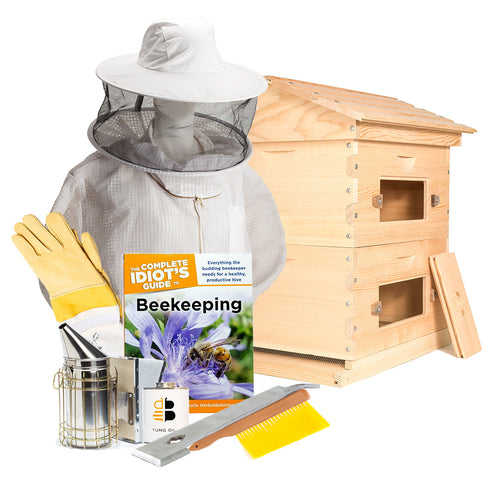
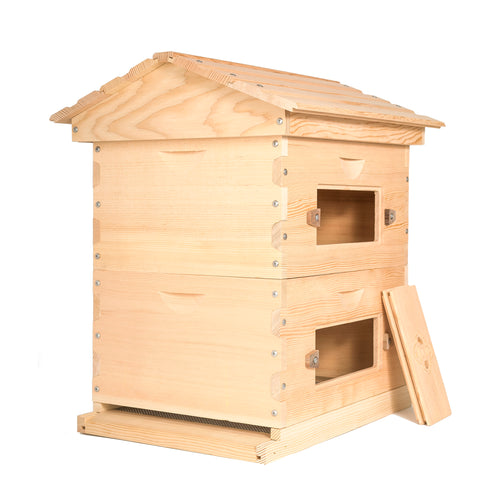

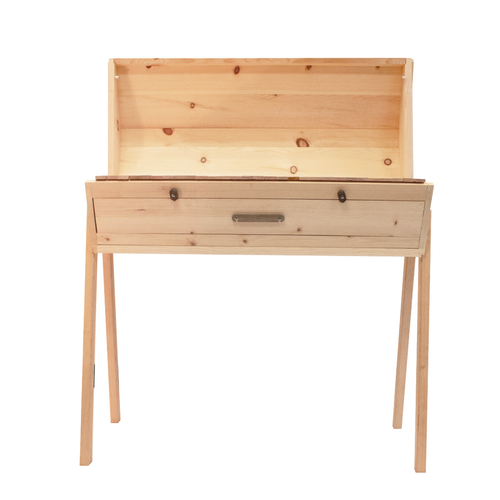
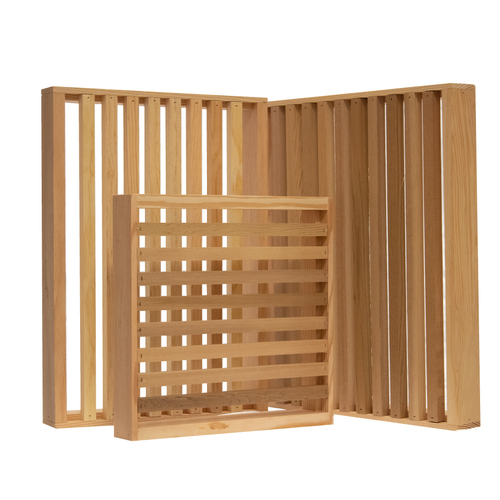
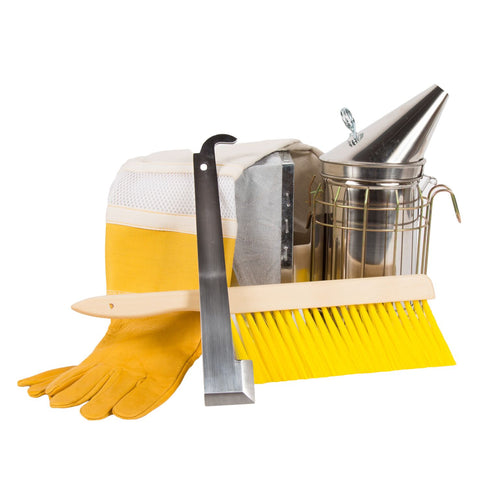
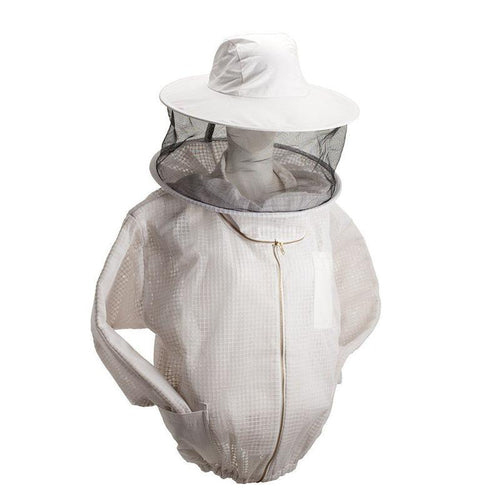
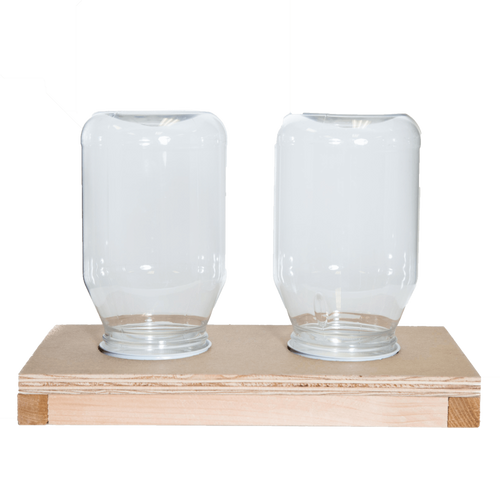

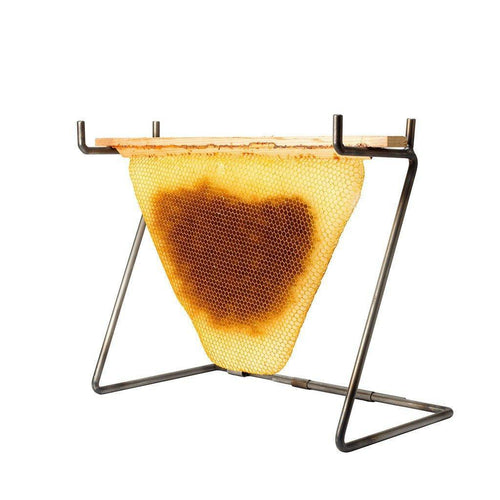

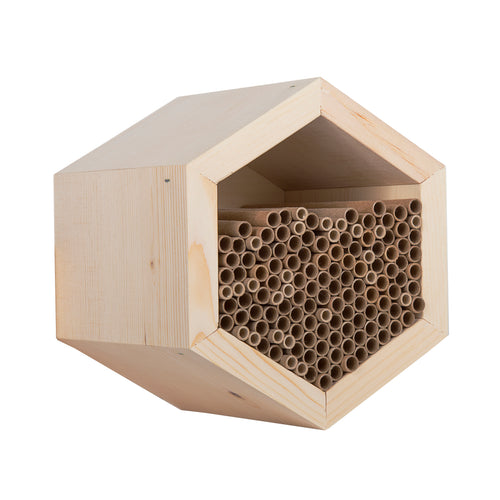
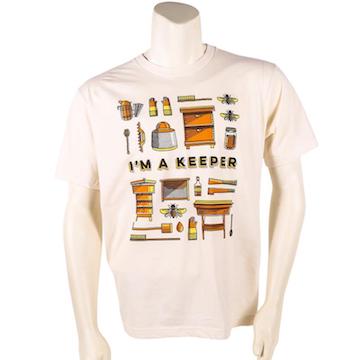



Jody Bailey
July 01, 2019
I have a new hive maybe two months old the temp is about 88 degrees F
The bees are collecting on the outside of the box is this normal